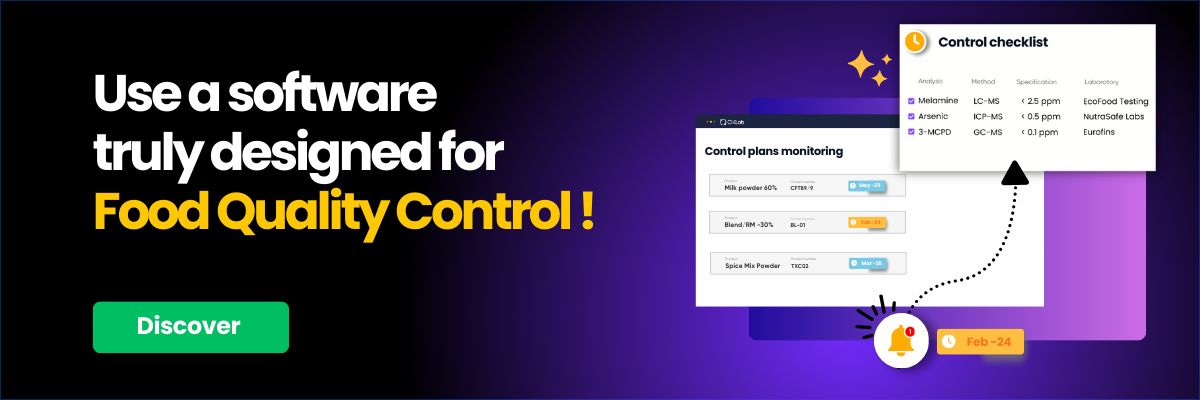Why are indicators and KPIs essential for food quality control? How can they be selected to drive improvement and performance for your department and your company?
Gathering reliable data to construct your KPIs can be a challenge without the proper tools !

Summary :







